Sailendra Pattnayak
During the initial months of 2021 we Indians, prompted by our governments, simply willed away the Pandemic of Covid-19 as we were to demonstrate the great Indian religious show of Kumbha Mela and, than to organize big road-shows mobilizing lakhs of people since road-shows has become inevitable mode of highlighting the presence and strength in our election campaigns.
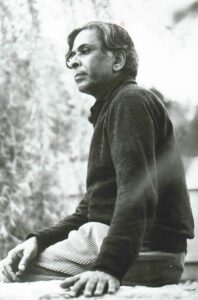
When the Pandemic returned, because it never had really gone, it attacked more stealthily and menacingly. And during the ‘second wave’ all of us commonly are experiencing one thing – news of death from all corners, deaths of dear ones or near ones or distant ones.
Someone Died!
If someone has died in hospital but has been certified that it was not a Covid death, so the body is not tucked in-side a plastic bag, then the deceased certainly has been fortunate, for her/his dear and near ones will be able to give the body a decent cremation or burial.
Recently one such death, death of a lady in her mid-sixties, gave me the scope to travel to Cuttack, from Bhubaneswar, for her cremation.
Claustrophobic Paranoia: Our Present Lot!
I came to learn that she had been cultivating a death-wish since some time and if not under strict vigilance she was skipping or throwing away the vital medicines, although she had a number of chronic ailments. Also, I could come to know that the reason behind her death-wish could have been due the claustrophobic paranoia that her husband, a retired engineer, had began to develop during the Lock Down period of the First Wave Covid-19. Strangely, her husband was becoming more and more intolerant towards certain behavioral patterns or habits which are common and thoroughly harmless with the younger people but he termed them as ‘modern’ and his reactions were becoming more and more ugly.
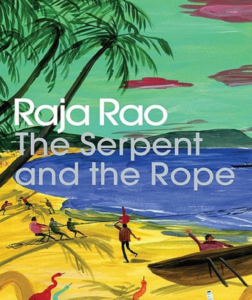
Search for Sanity—Search for the Meaning ofIndia:
The question, that it could be true that more and more Indians now a day are becoming susceptible to claustrophobic paranoia and its various manifestations deeply disturbed me. Seeking a diversion of mind while rummaging through my book-shelves spontaneously I pulled out a handsome hard-cover book – ‘The Meaning of India’ by Raja Rao (of 202 pages, published in 1996, containing seventeen articles and speeches written and made all over the world between 1975 to 1995). The book opened at page- 17 and the last two lines underlined by dark pencil – “India is not a country (desha), it is a perspective (darsana), it is not a climate but a mood (rasa or spiritual mode) in the play of the Absolute — it is not the Indian who makes India but ‘India’ makes the Indian, and this India is in all: it is that centre of awareness wherein one’s self dips again and again…..”
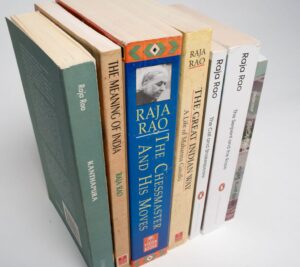
Now, a profound sadness began to descend on me. One is aware of the fact that such words which stem from the depths of a living an ‘ancient’ experience may be found liable to be considered as words of sabotage in today’s standard of ‘desha-bhakti’.
Will there ever again come a time when a common Indian like me would be able to keep himself open and broad in mind and soul so that the ‘India’ enters his being and makes him a real Indian!
This made me travel into my own past. It was Raja Rao and his novel ‘The Serpent and the Rope’ that had me realize that for an Indian like me born after a decade of Independence the kind of social-cultural milieu he has lived urgently required a very arduous journey of mind to comprehend what it means to be an Indian.
Thus, continues my gratitude for Raja Rao.
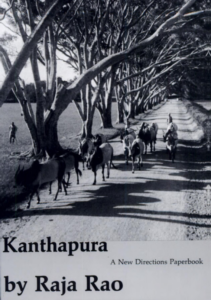
Truth and the Illusion: The Serpent and the Rope:
When ‘The Serpent and the Rope’ was published in 1960, almost a quarter century after his first novel ‘Kanthapura’, renowned critic C. D. Narasimaiah wrote, “When I first read it – I began to feel my ancestors in me.” On a later date he wrote, “….R. K. Narayan, our more widely read novelist, told me privately how thrilled he was by this phrase or that turn of thought in The Serpent and the Rope and, unasked, spoke to his friend, the editor of India’s most influential periodical The Illustrated Weekly of India, to seek a contribution from me on this new novel.”
What had struck me most during my first reading was that all the central characters in The Serpent and the Rope were in their thirties, but they seemed to be much older. Later I found Makrand Paranjpe putting the same feeling such beautifully, “ they were really aged and ancient, as if they had the knowledge in their bones that they were playing out their karmic chess game the millionth time, hence the depth…”
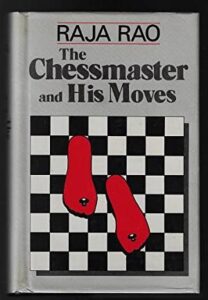
Multiple Levels of Being:
Ramaswamy, the central character and the narrator of the novel, a well-educated South-Indian Brahmin, well versed in Sanskrit, English and French and living in France since his adolescent years, was conscious of his deep awareness of his own heritage and traditions. In him we find four distinctive strands of life, now running parallel and now intermingling but all the while moving towards realizing greater and greater synthesis. First, his own acute awareness of composite Dravidian- Aryan cultural legacy, secondly, his deep understanding of the Himalayan and Gangetic heritage, in the third, his life in Europe that facilitated him to develop his connoisseurship in rational-intellectual cultural Europeans traditions.
This is how reading The Serpent and the Rope, although we feel our ancestors within us, come to understand that it is not certainly all about our past or the past of India. Rather what the author attempts and hugely achieves is that with the journeys, both the inner and outer, that the central character and narrator Ramaswamy makes, with his deep perception into the age-old knowledge of Advaita through groundings in and studies of Vedanta; whether could reach the core of that endless flux that is the physical, visible and circumstantial reality of the phenomenal living – our daily life!
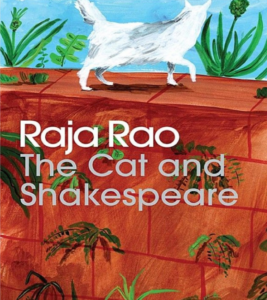
In the words of Ramaswamy – “And I tried thus to formulate myself. I like these equations about myself or others, or about ideas: I feed on them.
“I could see in myself a vastness, as it were a change of psychic dimensions, an awareness of a more ancient me. There was no joy in this knowledge, no, no exaltation. There was just a rediscovery, as though having lost a brother in famine or on pilgrimage I had wandered hundreds of miles… and going beyond , by the Ganges or the Cauvery, from saints and sages I had asked, backwards in history to the times of the Upanishads, even unto Yagnavalkya and Maitreyi; ad as though at each epoch, with each person, I had left a knowledge of myself, a remembered affirmation of myself; and in this affirmation had been the awareness of the Presence that I am, that I am my brother.”(p.195)
In an interview in 1992, the author explained that, “There are about two levels to ‘Kanthapura’ and about eight to ‘The Serpent and the Rope’.” This is why the book after more than half a century is still being read (it was reissued by Penguin India in 2014).
Keeping with the multiple levels of meaning and reality, the setting in The Serpent and the Rope spans several locations in Egland, France and India (Benares, Allahabad, Mussoori, Bombay, Delhi, Bangalore, Hyderabad, Kodaikenal, Madurai, Hariharapura).
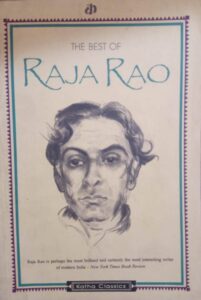
Reading it Today:
Reading the novel today, in the middle of 2021, under the dread of death stalking the lonely streets; and as one is assured of the success of market forces in bringing the entire world into a single consideration and identity of ‘potential buyers and consumers’; and a strange and secret level of equality brought to effect by the uncontrollable menacing force of the Pandemic; we find that it has taken for granted assertion of the colonizers and made famous by English writer and Noble Prize winner Rudyard Kipling, that the East is East and the West is West and they are never to be reconciled; seems to have fallen flat on the face.
The Serpent and the Rope was published in 1960, seems to be the first Indian novel exploring the great Upanshadic exclamation of ‘vasudhaiva kutumbakam’ – the world is but a single family. In Vedanta the very first principle to adhere and the final objective to reach is Advaita, the non-dual.
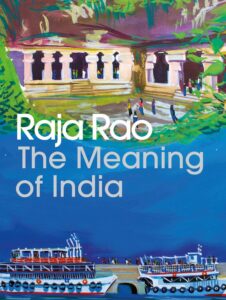
When take into consideration all the major works of Raja Rao it is clearly discernable that he tries ‘to validate and mediate for the contemporary world a philosophical outlook that might loosely termed as Advaita’. And between Advaita and contemporary world how far a reconciliation possible!
We may join him in this exploration in today’s Pandemic ravaged India to ward-off the stealthily approaching ugly claustrophobic paranoia!
(The author is a Poet, Spiritualist and Development Professional. Views are personal.)























